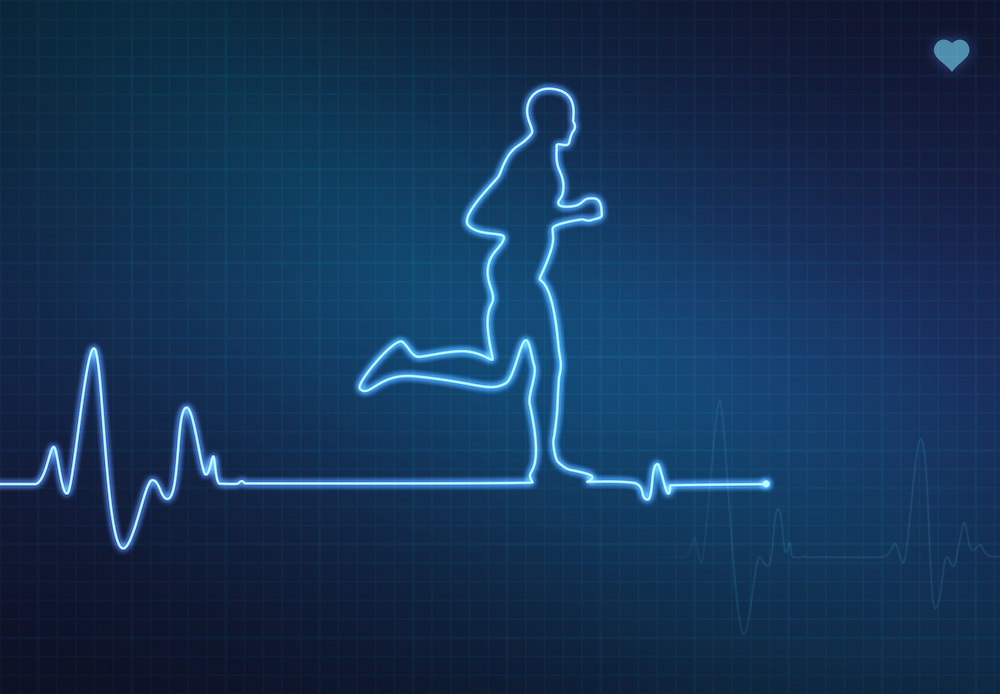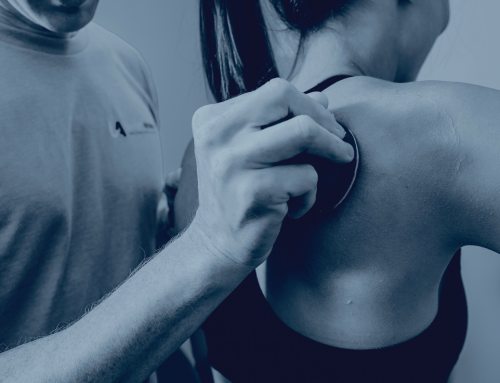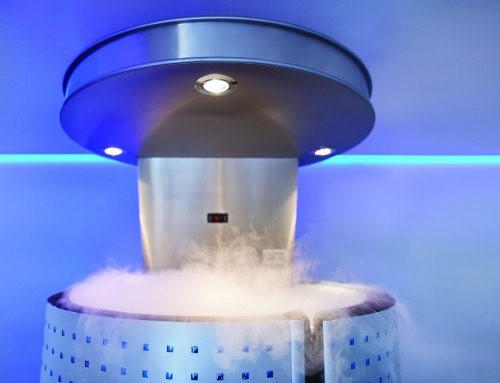By Kari Wilkinson
In the world of athletic testing, however, athletes have several metabolic options. Determining which test is right for you depends on the results you are looking for.
- VO2 testing generates data to determine athletic potential, measure how well you use oxygen for athletic performance, and allows heart rate zones to be determined based on your hardest effort during the test.
- Lactate Threshold testing (often performed simultaneously with VO2 testing) typically uses a blood draw from a finger prick to determine the heart rate and effort at which the athlete is efficiently buffering blood lactate and when they are not. Heart rate training zones are determined from blood lactate data drawn during testing and/or VO2 max heart rate.
- Metabolic testing gives both a nutrition and exercise prescription designed for the goals of the athlete such as fat loss, changes in body composition, heart rate zones for maximum fat or carbohydrate burning (depending on testing outcome), or detailed caloric intake needs for endurance athletes. It determines several metrics:
-
- RMR (resting metabolic rate): how many calories you burn at rest
- How efficient you are, or are not, at burning fat
- The heart rate and effort at which you switch from burning stored fat to burning stored carbohydrates
- Target heart rate to burn more fat
Here we focus on Metabolic Testing, which test is best for you and how the data can be used to improve your fat burning capacity.
Incremental Testing
For fitness enthusiasts or recreational athletes that do not participate in endurance events (typically events lasting over 90 minutes) a 3-minute incremental test is recommended.
The test begins with a 10-minute resting metabolic rate while seated and then a 10-minute warm up at a consistent effort and pace. After the warm up there is a slight increase (0.2-0.3 mph) in the speed of the treadmill. The test can be performed walking or running on a treadmill or on a bike. If performed on a bike, there are increases in watts (anywhere from 10-30 watts depending on the individual) every 3 minutes.
The 5-minute incremental test is designed for the endurance athlete and instead of increases in speed or watts every 3 minutes, it occurs every 5 minutes.
Energy source (fat and carbohydrate) nutritional information is also generated and broken down into carbohydrate and fat calories allowing the athlete to know how many calories of each are needed at a particular heart rate and effort.
Continuous Testing
A continuous test is designed for endurance athletes during the training season and/or a few weeks before an event. The continuous test takes the athlete to their race pace (or training pace, if performed at the beginning of the season) for 25-30 minutes after a 10-minute warm up. The test generates data to determine caloric needs to maintain a training or race pace. Nutritional information is broken down into carbohydrate and fat calories.
Nutritional Counseling
After metabolic testing is complete, data is shared with a sports nutritionist to determine a food intake plan to compliment the client’s goals and data. This counseling session is an essential part of testing and should not be overlooked.
Obviously, watching what you eat and exercising are critical for your health. As runners and fitness enthusiasts across all endeavors, we sometimes overlook this simple fact because are burning calories through our exercise habits. However, if you really want to maximize your body’s fat burning potential, you should consider metabolic testing.
# # #
For more information on metabolic testing and how it fits into you fitness and health plan please contact Kari Wilkinson, Performance Center Coordinator, Meadowmont kari.spitznerwilkinson@unchealth.unc.edu or Britt Schuman- Humbert, Sports Nutritionist NW Cary or Meadowmont: britt.schuman-humbert@unchealth.unc.edu






